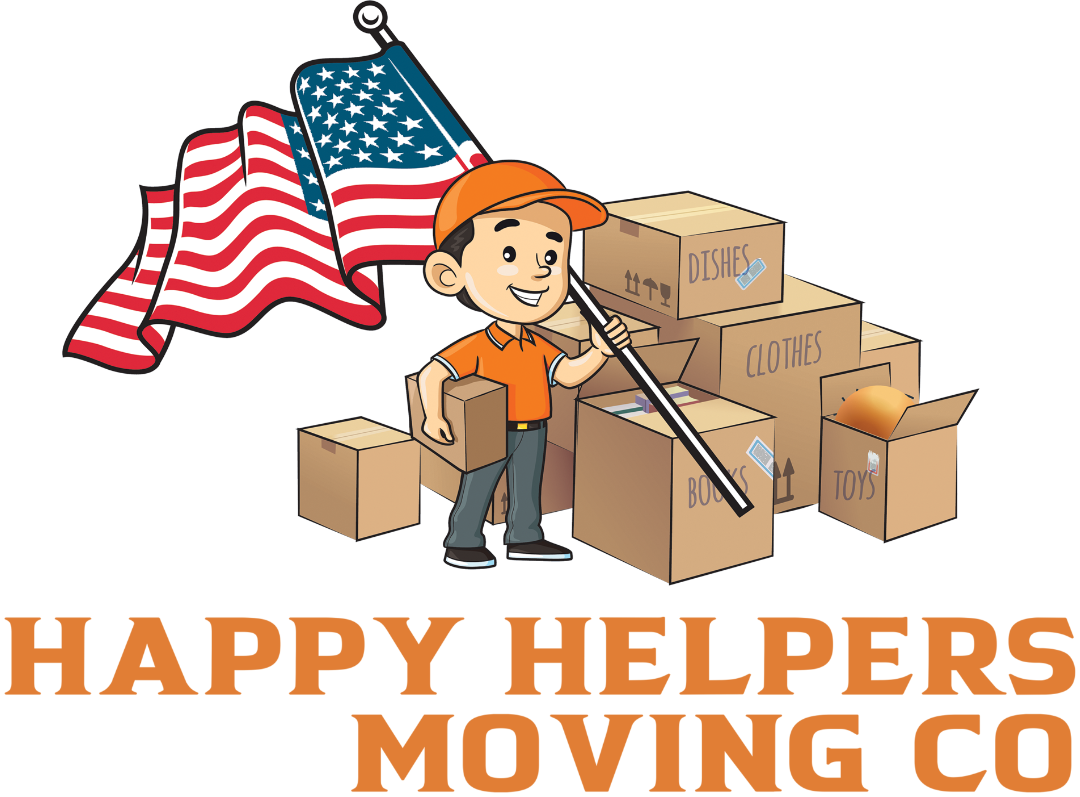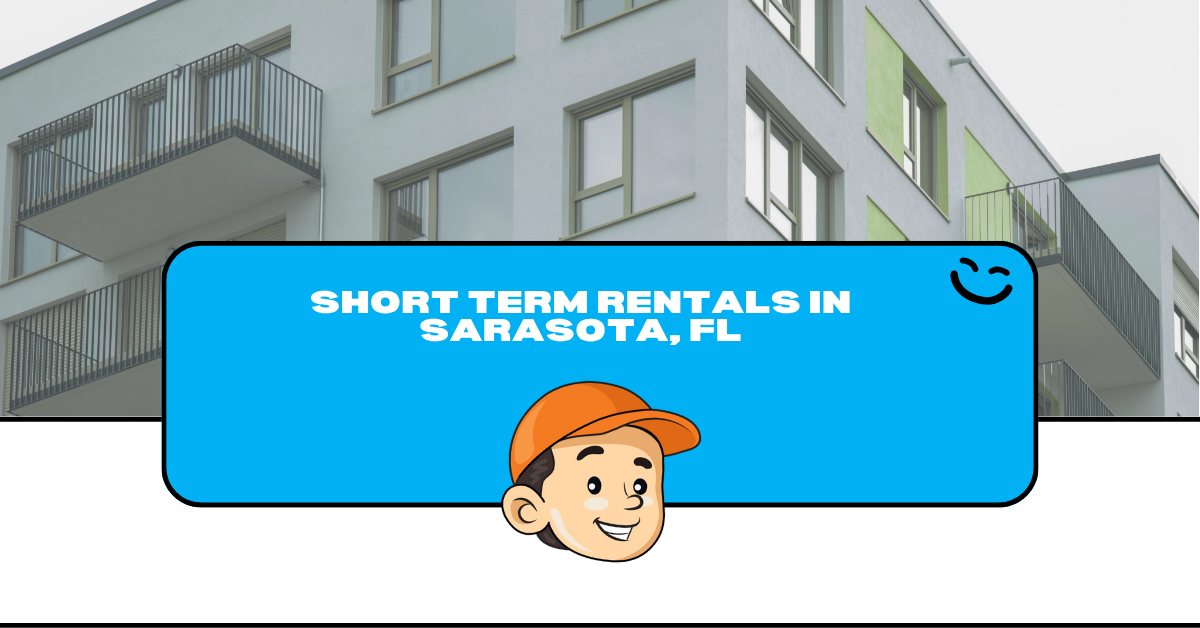How to Pack Fragile Items Safely: Your Ultimate Guide to a Damage-Free Move
Moving can be an exciting new chapter, but the thought of packing delicate and cherished items often brings a wave of anxiety. From antique porcelain to valuable glassware, ensuring your fragile possessions arrive at your new home in one piece is paramount. Improper packing is a leading cause of damage during a move, turning excitement into exasperation.
This will walk you through everything you need to know about how to pack fragile items safely, from gathering the right supplies to mastering specialized techniques for various delicate objects. By following these expert tips, you can approach your move with confidence, like a Piano Moving knowing your precious instrument is well-protected.
What Supplies Do You Need to Pack Fragile Items Safely?
To pack fragile items safely, you need a specific set of high-quality packing supplies designed to provide maximum protection. Having all your materials ready before you begin will make the process more efficient and effective.
Essential supplies include sturdy moving boxes, preferably double-walled for extra durability, and various cushioning materials like bubble wrap, packing paper (newsprint can stain), foam peanuts, and furniture blankets. You'll also need strong packing tape, scissors or a utility knife, and markers for labeling. For very delicate or valuable items, consider our experienced team specializes in specialty moving service, items that require special attention, custom crates or specialized padded containers. Investing in good quality supplies is a small price to pay to protect your valuable possessions during transit.
How Do You Prepare Fragile Items Before Packing?
Preparing fragile items before packing is crucial to prevent damage during transit. This initial step sets the foundation for secure packing.
Begin by thoroughly cleaning each item. Dust and grime can cause abrasions, especially on delicate surfaces. For items like glassware or ceramics, ensure they are completely dry before wrapping to prevent mildew or damage to packing materials. For electronics, unplug all cords, coil them neatly, and secure them with ties. Take photos of complex wiring setups for easier reassembly later. Disassemble any items that can be safely taken apart, such as lamps with removable shades or delicate shelves, wrapping each component separately. This reduces bulk and minimizes points of vulnerability.
What Are the Best Packing Materials for Fragile Items?
The best packing materials for fragile items offer superior cushioning and protection against impacts and movement. With professional packing services, you can enjoy a smooth transition and choosing the right material for each item is key.
- Bubble Wrap: Ideal for wrapping individual items like ceramics, glass, and small electronics. The air-filled bubbles provide excellent shock absorption.
- Packing Paper/Newsprint: Versatile for wrapping, crumpling as void filler, and interleaving between plates. Use unprinted newsprint to avoid ink transfer.
- Foam Peanuts/Loose Fill: Excellent for filling empty spaces in boxes, providing cushioning and preventing items from shifting.
- Furniture Blankets/Moving Pads: Perfect for larger fragile items like mirrors, artwork, or delicate furniture, offering a thick layer of protection.
- Corrugated Cardboard Sheets: Can be cut to size to create dividers within boxes or to reinforce the sides of boxes.
- Specialty Boxes: Dish pack boxes with cell dividers are designed specifically for dishes, glasses, and other kitchenware, providing individual compartments.
According to a survey by the American Moving & Storage Association, approximately 1 in 4 moves involves some form of damage. Proper packing materials are your first line of defense against becoming part of that statistic.
How Should You Pack Plates and Dishes for Moving?
Packing plates and dishes correctly is vital to prevent chipping, cracking, or breaking. They require a layered approach to ensure their safety.
For plates, use plenty of packing paper. Place a stack of 3-4 plates together, wrapping each individual plate with a sheet of paper before wrapping the entire stack with 2-3 more sheets. For added protection, always pack plates on their edge, never flat, in sturdy dish pack boxes. This distributes pressure more evenly and reduces the risk of breakage during transport. Fill any empty spaces with crumpled packing paper or foam peanuts to prevent shifting.
What's the Safest Way to Pack Glasses and Stemware?
Glasses and stemware are particularly vulnerable due to their delicate nature. Special care is needed to ensure they arrive intact.
Wrap each glass or piece of stemware individually with at least 2-3 sheets of packing paper, starting from the rim and working your way down, tucking the paper into the opening of the glass. For stemware, give extra padding to the stem and base. After wrapping, add a layer of bubble wrap for additional cushioning. Pack glasses upright in dish pack boxes with cell dividers. If no dividers are available, create compartments with rolled-up packing paper. Place heavier glasses at the bottom and lighter ones on top, filling all voids with crumpled paper.
How Do You Pack Artwork and Mirrors Safely?
Artwork and mirrors are not only fragile but often hold significant sentimental or monetary value, requiring specialized packing techniques.
For smaller pieces, wrap them in bubble wrap, securing with tape. For larger artwork or mirrors these boxes are designed to fit flat items and offer reinforced protection. First, wrap the item in packing paper, then several layers of bubble wrap, ensuring corners are well-padded. For very valuable pieces, consider professional crating services. Always stand artwork and mirrors on their edge in the moving truck, never lay them flat, to minimize pressure and potential cracking.
What's the Best Way to Pack Electronics and Small Appliances?
Packing electronics and small appliances requires care to protect delicate components and screens.
If possible, use the original packaging, as it's custom-designed for the item. If not available, use sturdy, appropriately sized boxes. Wrap each item with bubble wrap, paying extra attention to screens and delicate parts. Use anti-static bubble wrap for sensitive electronics. For items with removable parts, such as blenders or toasters, remove them and wrap them separately. Coil all cords neatly and secure them with ties, placing them in a small bag labeled with the corresponding item. Fill any empty space in the box with crumpled packing paper or foam peanuts to prevent movement. Clearly label boxes containing electronics as "Fragile - Electronics" and "This Side Up."
How Should You Pack Collectibles and Irreplaceable Items?
Collectibles, heirlooms, and irreplaceable items demand the highest level of care and often warrant special consideration.
For highly valuable or irreplaceable items like rare coins, jewelry, or important documents, consider transporting them yourself in a secure personal bag or box. For fragile collectibles, each item should be individually wrapped with multiple layers of bubble wrap and placed in a smaller, sturdy box. Then, this smaller box can be placed within a larger moving box, cushioned by foam peanuts or crumpled packing paper. This "box-within-a-box" method provides superior protection against impacts. For particularly valuable or delicate items.
What Are Essential Labeling Tips for Fragile Boxes?
Proper labeling of fragile boxes is non-negotiable for a smooth and damage-free move. Clear labeling guides movers on how to handle your belongings.
Always label fragile boxes clearly and on multiple sides with a bold "FRAGILE" sticker or marker. Indicate the contents of the box (e.g., "Kitchen - Glasses," "Living Room - Collectibles") and the room it belongs in. Add "THIS SIDE UP" arrows to ensure boxes are oriented correctly during loading and unloading. Consider numbering your boxes and creating an inventory list, especially for fragile items, to keep track of everything and ensure nothing is left behind or misplaced.
Key Takeaways for Packing Fragile Items Safely
- Gather Quality Supplies: Invest in sturdy boxes, ample bubble wrap, packing paper, and strong tape.
- Prepare Each Item: Clean and disassemble items when possible.
- Wrap Individually: Each fragile item needs its own protective layers.
- Cushion Generously: Use void fillers like crumpled paper or foam peanuts to prevent shifting.
- Pack Strategically: Place heavier items at the bottom, lighter on top, and use specialized boxes for dishes and mirrors.
- Label Clearly: Mark "FRAGILE," "THIS SIDE UP," and the contents on all sides of the box.
Consider Professional Help: For extremely valuable or delicate items, Happy Helpers Moving Co offers professional packing services and can advise on crating.
Move Smart, Move Happy with Happy Helpers Moving Co🚚 Ready for a hassle-free move in Sarasota County, Manatee County, or Pinellas County? Meet Happy Helpers Moving Co.! Led by a local veteran, our team embodies the 'hardest worker in the room' ethos to ensure your move is smooth and stress-free. From packing to transporting, we handle your belongings with precision and care. Choose local. Choose excellence. Choose Happy Helpers for your next move! 📞 941-844-2779 #HappyHelpersMoving #StressFreeMove #LocalMovers #VeteranOwned #MovingDay
Posted by Happy Helpers Moving Co on Saturday, November 4, 2023
Successfully packing fragile items safely is one of the most critical steps in ensuring a smooth and stress-free move. By following the detailed guidelines and expert tips outlined in this guide, you can significantly reduce the risk of damage to your cherished possessions. However, a little extra time and effort spent on proper packing now will save you a lot of heartache and expense later.
If the task of packing delicate items feels overwhelming, or if you simply prefer to leave it to the experts, don't hesitate to reach out to Happy Helpers Moving Co. Your Sarasota, FL, Movers, experience our qualified team is adept at handling all types of moves, including the secure packing and transport of your most fragile belongings. We're here to help you move with confidence, ensuring your precious items arrive at your new destination safe and sound.





